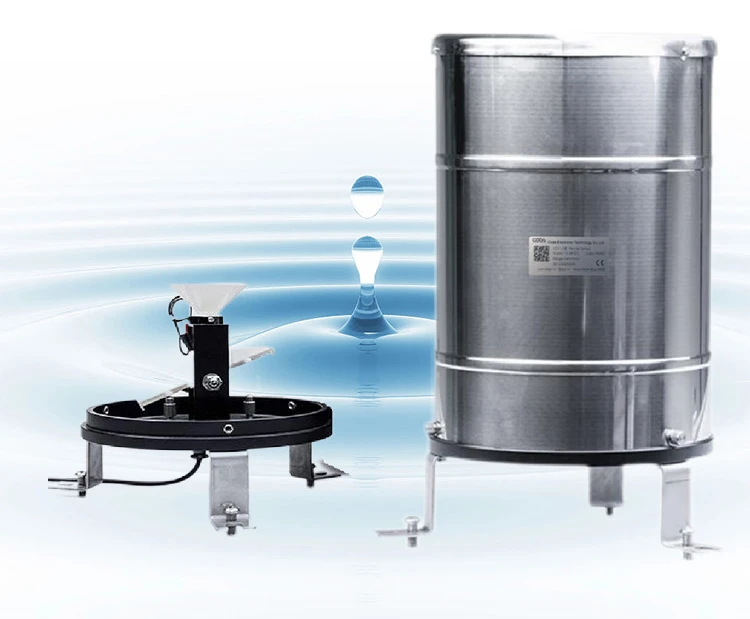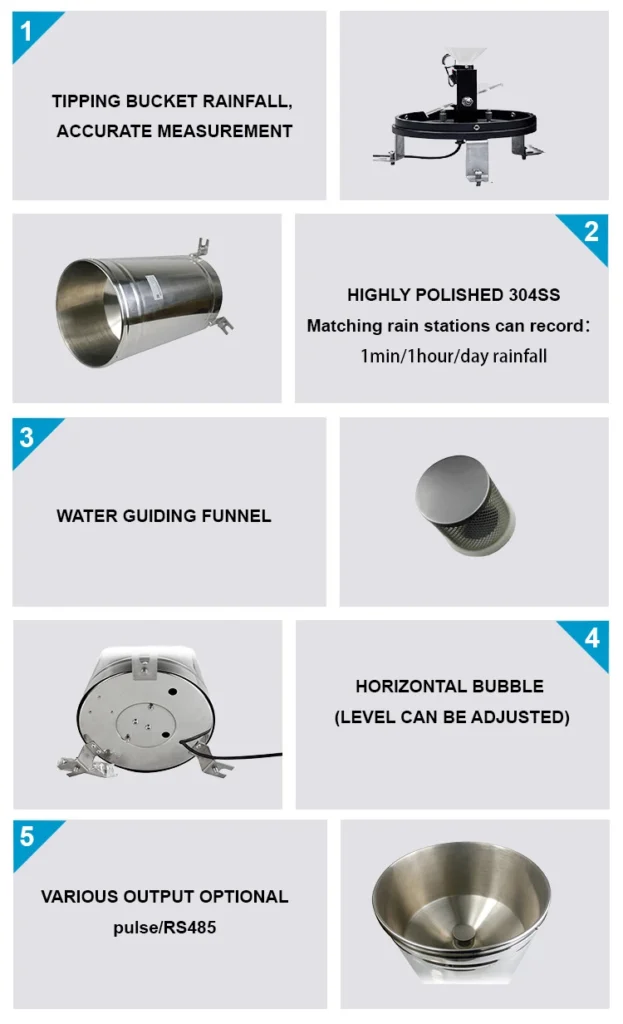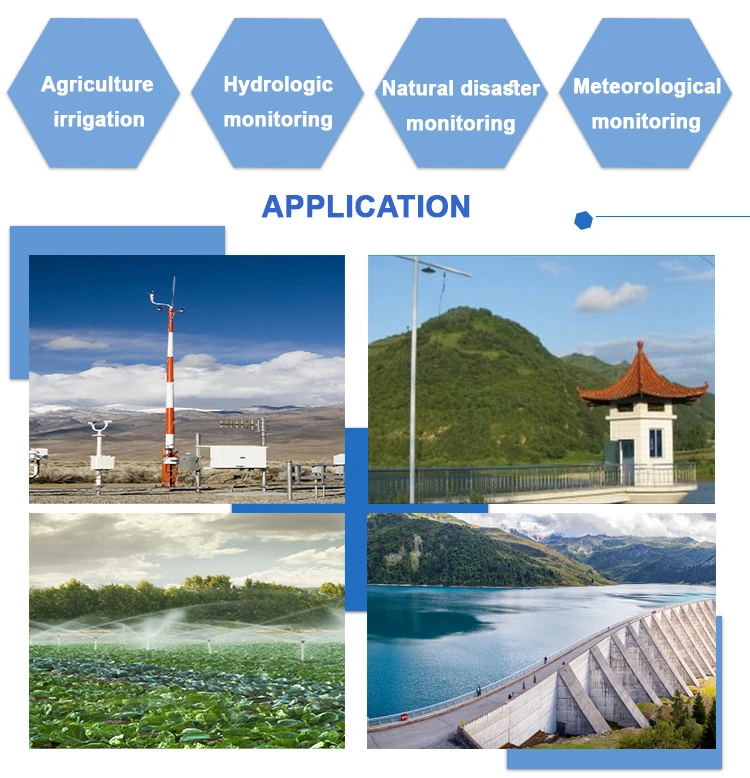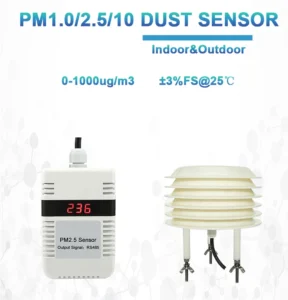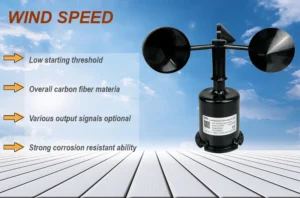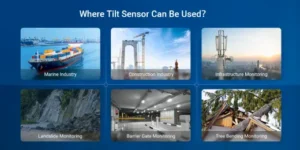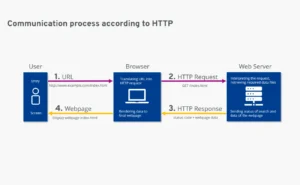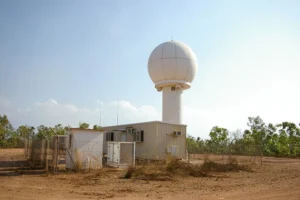What are the distinctions between a rain gauge and a hygrometer?
A rain gauge measures how much rain falls in a specific time. It often has a cylindrical or funnel shape to collect rainwater. This water is measured in a marked container to find the total rainfall for that time.
Rain gauges are important tools in weather science, water studies, and farming. They give useful information about rainfall patterns. This information helps predict the weather and manage water resources.
A hygrometer measures how much moisture is in the air. It can check different kinds of humidity. One kind is absolute humidity. This is the total amount of water vapor in the air.
Specific humidity tells us how much water vapor is in the air. Relative humidity shows how much water vapor is there compared to the air’s maximum limit.
Hygrometers come in different types. Some are mechanical, such as hair hygrometers. They use hair strands to measure humidity. Others are electronic, like capacitive hygrometers.
These sense changes in electrical capacitance caused by moisture levels.
conclusion
In summary, both instruments measure the atmosphere, but they have different functions.
A rain gauge shows how much rain falls.
A hygrometer measures how much moisture and humidity is in the air.
